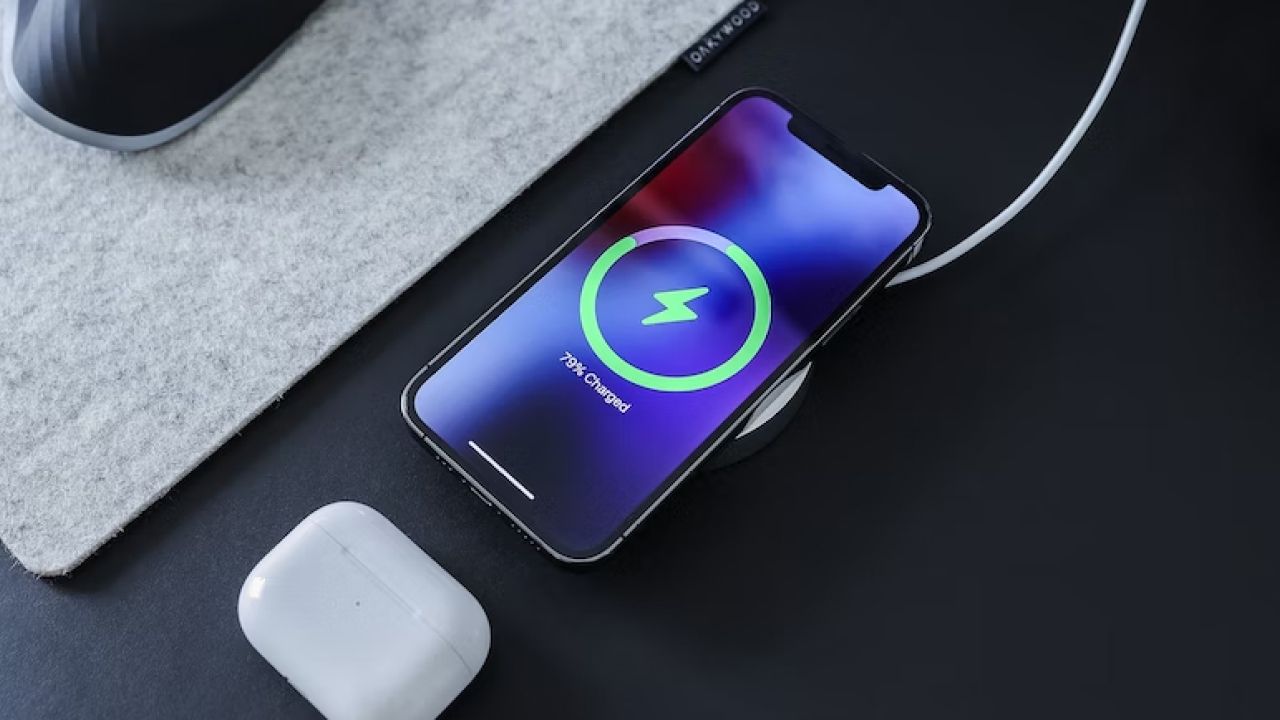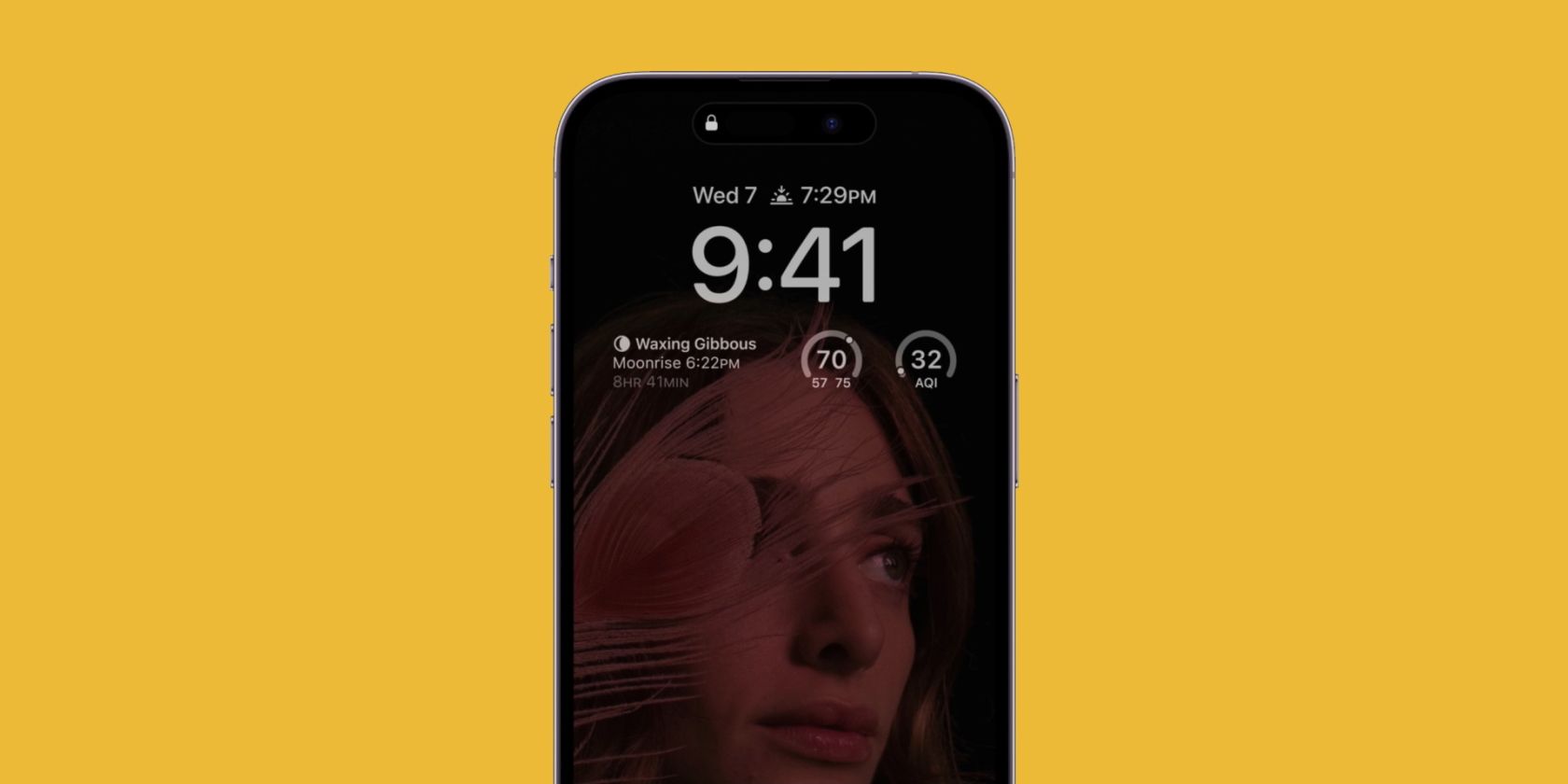
In-Depth Analysis of iPhone 14'S Troubling Energy Capacity Issues

In-Depth Analysis of iPhone 14’S Troubling Energy Capacity Issues
Key Takeaways
- iPhone 14 users have reported significant battery health deterioration after just one year of normal usage, with some experiencing drops as low as 85 percent.
- Potential causes include the always-on display feature and wireless charging, which have been observed to impact battery health.
- To preserve battery health, users can turn off the always-on display, use Low Power Mode, avoid overcharging, and enable Optimized Battery Charging.
Did you notice that your iPhone 14 or iPhone 14 Pro’s battery health deteriorated faster than usual after long-term use? You’re not alone, as many reports have surfaced online regarding this issue. Here’s everything you need to know about iPhone 14’s battery issues.
iPhone 14 Owners Report Battery Health Problems
Several months after the release of the iPhone 14, users started noticing how quickly their iPhone batteries had degraded. iPhone 14 users on Reddit, X (formerly Twitter), and other social media platforms shared screenshots showing that battery health had dropped drastically within a year of normal usage.
Reports varied, with some users experiencing a decline to 90 percent and more alarming cases suggesting drops to as low as 85 percent. Surprisingly, some users even claimed that iPhones purchased on launch day did not have 100 percent battery health.
Although the iPhone 14 Pro is supposed to have a better battery life than its predecessor due to its slightly larger battery, we observed that the iPhone 13 Pro lasts slightly longer under real-world use. Even Apple enthusiasts who tend to upgrade their devices every year noticed that the iPhone 14’s battery life situation differs greatly from their past experiences.
iPhones use lithium-ion batteries, so the amount of charge they withhold diminishes as they chemically age. According to an Apple Support document , a standard iPhone battery is designed to maintain up to 80 percent of its original capacity after approximately 500 complete charge cycles under normal conditions. This typically translates to an average lifespan of around two years.
Why Is the iPhone 14’s Battery Health Draining So Fast?
Since Apple has not addressed these complaints directly, one can never be sure of the reason behind the rapid drain of the iPhone 14’s battery health. So, we can only speculate.
The iPhone 14 Pro and Pro Max were the first iPhone models to feature the always-on display, which is enabled by default. The feature dims the Lock Screen and reduces the refresh rate to as low as 1 Hz when your iPhone is idle. While there are numerous reasons to love the always-on display on the iPhone 14 Pro models , it unfortunately drains the battery quite a bit.

We also suspect that wireless charging may be behind the iPhone 14’s rapid battery degradation. This is because people who use wireless chargers have reported that their iPhone’s battery health has dropped quicker compared to those who don’t.
Ultimately, each device’s battery life depends on various factors, like your daily usage and how often you charge it. However, since this is a widespread issue and is not limited to a few people, it’s likely a design flaw.
How to Preserve Your iPhone 14’s Battery Health
If the damage has already been done, you’re left with two options: opt for a battery replacement or direct your efforts toward preserving your iPhone 14’s battery health. Apple states that devices with a battery health capacity exceeding 80 percent are not eligible for in-warranty replacement and that a certain degree of battery degradation is considered normal.
Even if you have an AppleCare+ plan, unless your iPhone 14’s battery health has dipped below 80 percent within your warranty period, you’ll need to pay $99 to get the battery replaced.

Image Credit:Apple
Luckily, if you aren’t willing to pay an additional fee to replace your iPhone’s battery, there are numerous ways to maintain your iPhone’s battery health .
For instance, it’s a good idea to turn off the Always-On display on the iPhone 14 Pro . You can also preserve your iPhone’s battery health by using Low Power Mode, avoiding charging your device for too long, and enabling Optimized Battery Charging to slow down charging past 80 percent.
Apple Needs to Address iPhone 14’s Battery Issues
It’s undeniably concerning that hundreds of iPhone 14 users are witnessing a significant decrease of more than 10 percent in their battery health within months of regular usage. Given the scale of the problem, we hope that Apple rectifies this issue with its newer devices and offers free battery replacements for existing iPhone 14 owners.
Also read:
- [New] 2024 Approved Unmatched Microphone Selections for Cams
- [New] Choosing the Finest 10 Free Subtitles Editors Online for 2024
- [New] The Prime Cloud Storage Contenders of the New Year
- [New] Unlocking Faster, More Effective Vocal Alterations for PUBG Players
- 2024 Approved How to Make a Photo Collage Using iPhoto?
- 効果的にiPhone Voice Memosを使いこなす!接続とカットし直し方法
- Best Emoji Removers to Remove Emojis From Pictures
- Can You Unlock iPhone 6s Plus After Forgetting the Passcode? | Dr.fone
- How to Make a FLV Photo Slideshow with Music
- In 2024, 20 Wonderful Stop Motion Ideas for Beginners and Kids
- In 2024, How to Make Video Slideshow with Your Travel Photos
- In 2024, Strategic Insights for Triumph in SMM
- In 2024, The Essential Guide to Emoji, Memoji, Animoji, and Bitmoji
- The Ultimate Guide to the Most Popular Portable Gamers' Units
- Top 5 Car Locator Apps for Oppo A1x 5G | Dr.fone
- Une journée une vie | Free Book
- Updated How to Make a Meme (Step by Step) for 2024
- Updated How to Make a Memorable Honeymoon Video
- What Is Emoji and What Does It Mean for 2024
- Title: In-Depth Analysis of iPhone 14'S Troubling Energy Capacity Issues
- Author: Jan
- Created at : 2025-02-15 16:53:06
- Updated at : 2025-02-19 18:16:26
- Link: https://meme-emoji.techidaily.com/in-depth-analysis-of-iphone-14s-troubling-energy-capacity-issues/
- License: This work is licensed under CC BY-NC-SA 4.0.